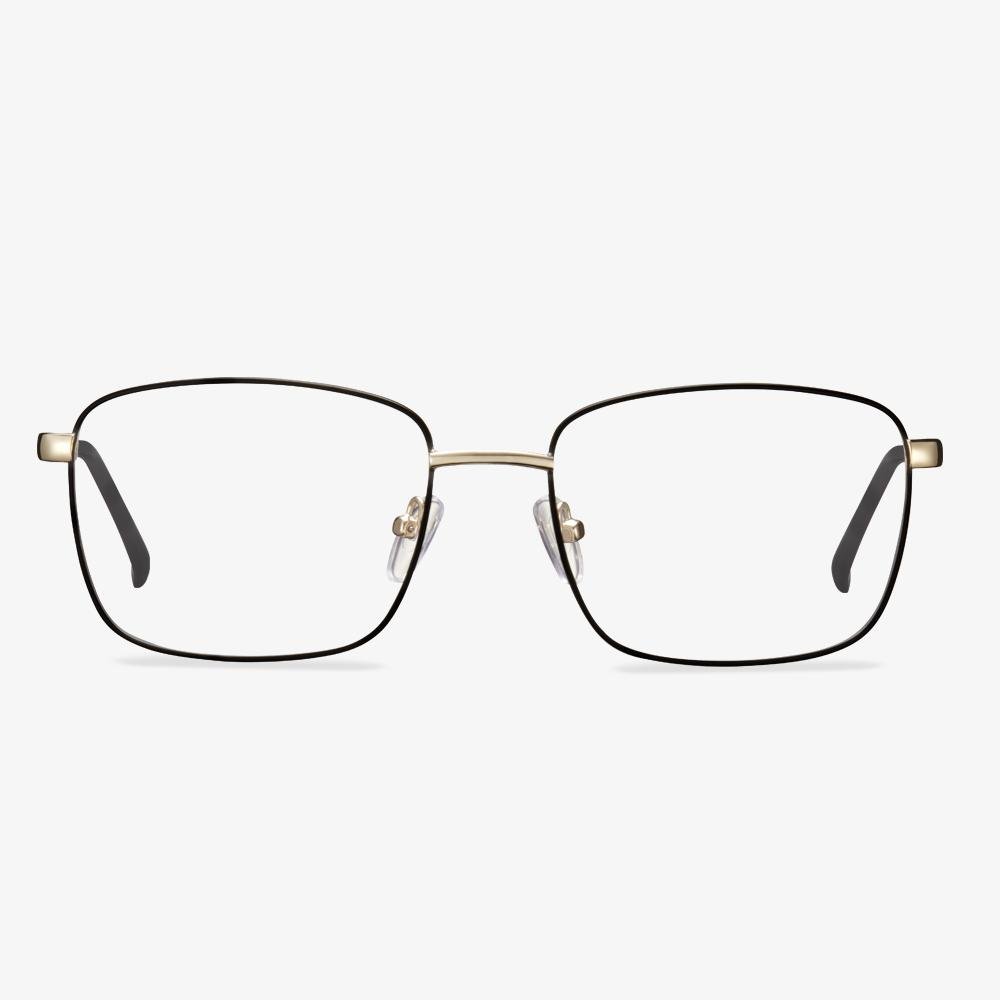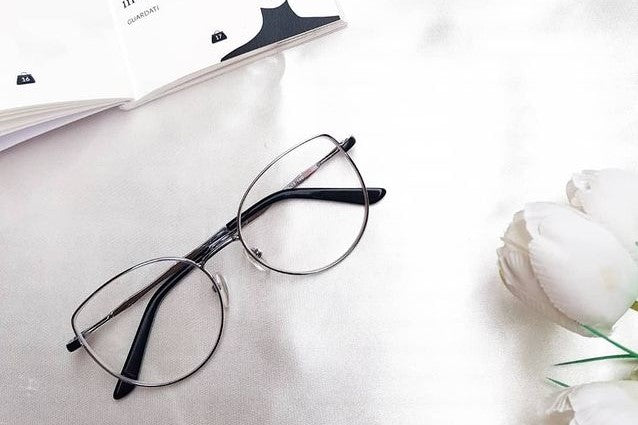Semi-rimless glasse look more stylish.
Semi-rimless glasses are very stylish and more creative than rimmed glasses. Women looking for the perfect glasses will look more elegant and stylish in these glasses. The semi-rimless glasses are designed to make the wearer look the smartest. They are much better than rimmed glasses because they make you look more creative.
The origin of aspheric lens
The Visby glasses, unearthed in Gotland, Sweden, are the earliest aspheric lens found. The Vikings in the 11th century used it as a magnifying glass, and some of the best ones were made of silver, making them look like handicrafts. In 1667, Francis Smethwick grinds the first high-quality aspheric lenses and presents them to the Royal Society. That's a telescope with three aspheric elements. In 1956, Elgeet, which originally designed and manufactured optical instruments for the U.S. Navy, produced the world's first mass-produced aspheric lens for photography (Golden Navitar 12mm F1.2) for a 16mm film machine. Today, aspheric lenses are found in everything from tall telescopes to missile guidance systems to camera lenses. In the glasses we wear, the aspheric lens is familiar to consumers.
The inadequacies of bifocals
The field of vision is smaller than that of the single vision lens, especially for the close view. For example, reading and reading newspapers need to make it coordinated with the head movement, there are optical defects of image jump and image displacement. There is a boundary, and it is easy to be seen that wearing a bifocal lens exposes age. Bifocals clearly demarcate the near and far regions, affecting appearance and vision. And when far view and close view change, the objects will jump. Because most myopic patients have a lag in the adjustment response, wearing bifocal lenses not only does not delay the development of myopia but has side effects. Therefore, bifocals are not suitable for teenagers to control myopia, and only a few special patients need to wear bifocals.
Orthokeratology
Orthokeratology is a type of surgery that corrects the eyesight of the eye. It improves daytime vision through a rigid, highly breathable contact lens. Orthokeratology is the use of the principle of reverse geometry. Change the curvature of the cornea with orthokeratology lenses, to achieve the effect of non-surgical vision correction and prevention of myopia.
Although it can effectively improve vision, it still cannot solve the sequelae of high myopia, like macular degeneration and retinal detachment. Orthokeratology lenses were initially used by patients who wanted to temporarily go without glasses, so the websites of orthokeratology lenses in the United States continue to sell them primarily to young people and people who love sports.
How to Tell If Your Progressive Lenses Are Correct?
Progressive lenses are popular among people who are over 40 and they can be used to correct presbyopia. If you have a pair of progressive lenses, how can you tell if the progressive lenses are correct or not? If you do not know, you come to the right place. This post will show you how to tell if your progressive lenses are correct.
How do I know If I have progressive lenses? There are two parts of the lens you can check. The first is how the lens sits in front of your eyes. If you are not able to see in the distance, either centration is way off the lenses are too high or the lens power is not correct. However, when checking the lens sitting in front of your eyes, you should be able to maintain a natural posture in your neck and see sharp when reading or while focusing on the distance. If you raise your chin high while reading or hold it low to see in the distance, it is not correct.
Can you look at your phone while wearing polarized sunglasses?
That's because polarized lenses filter the light from some phones, leaving only black stripes visible.Polarized sunglasses have polarized lenses, and cell phone screens have polarized patches in their components. The polarized film has the function of shielding and passing through the incident light, which can make the longitudinal light or transverse light one kind of passing through, one kind of obscured. Because different phones have different polaroid settings, there will be different shades at different viewing angles. Thanks to a combination of polarizing lenses and lenses, both of which filter the direction of light, the screen can't be seen when the shielding and penetrating parts overlap.
Best Ray-ban Wayfarer Alternatives - KOALAEYE Pearl
The first Ray-ban Wayfarer glasses alternative we want to mention is the Koalaeye Pearl. This kind of Wayfarer glasses are designed with acetate material and have a way of making a statement. Whether dramatically oversized or petite, the round Wayfarer sunglasses expertly navigate the balance between classic and contemporary. With not that angular style, alternative Ray-ban Wayfarer glasses - Pearl guarantees that they will complement your face.
In addition, Koalaeye Pearl comes at a cheap price and they are about $39. So, most people are able to afford them.










































